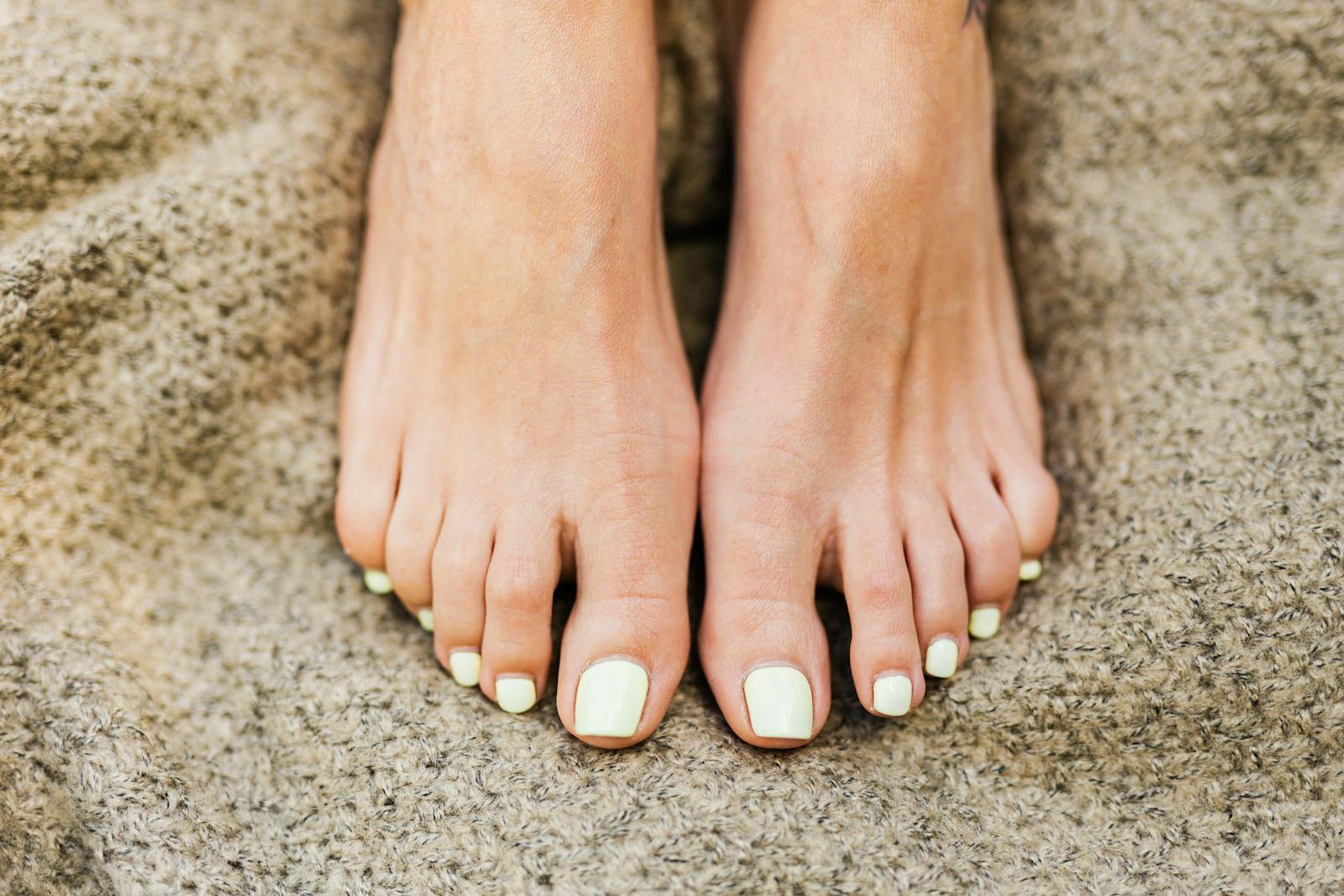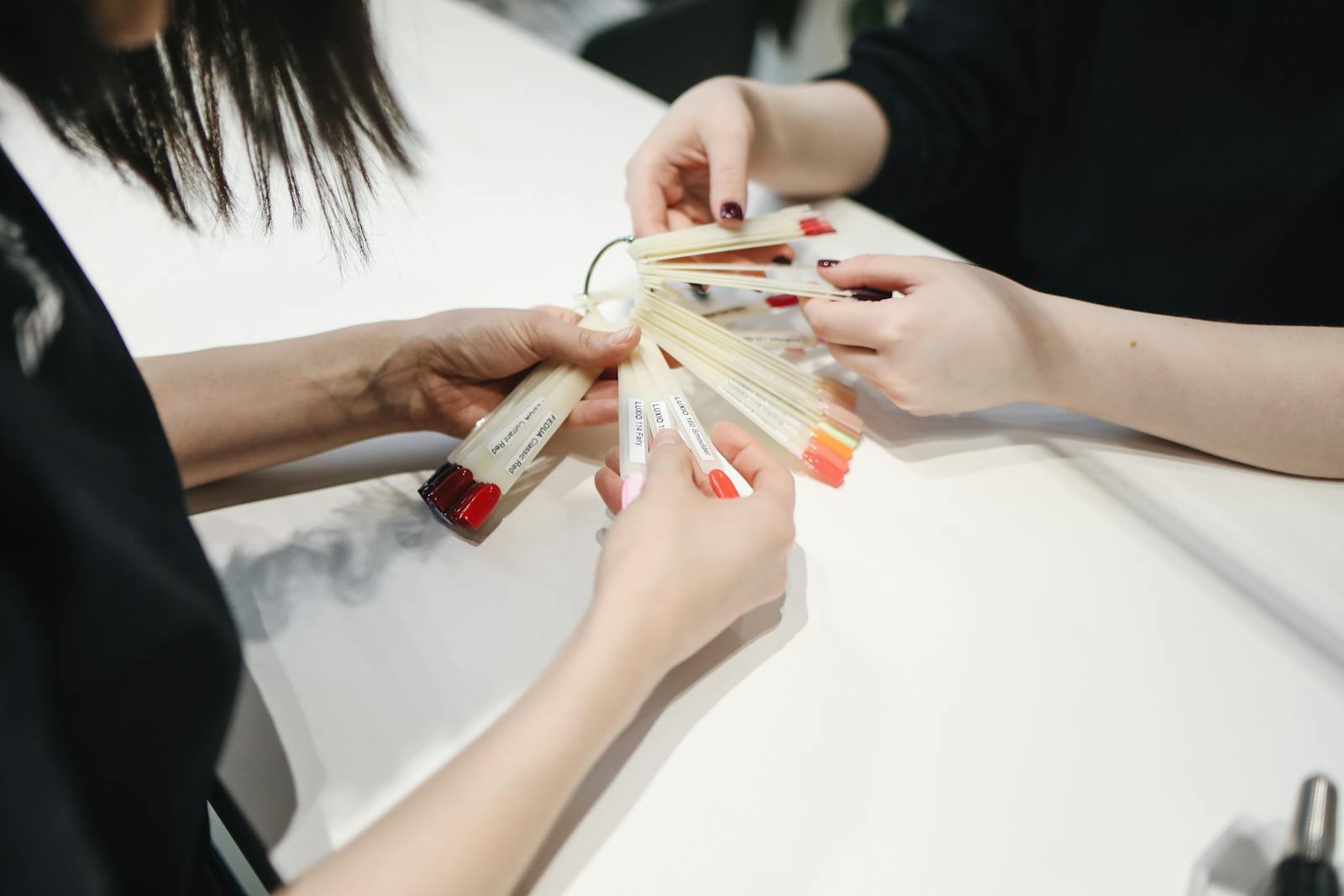Oily skin is often recognized by its unmistakable shine—a natural result of excessive sebum production from overactive sebaceous glands. While many see it as merely a cosmetic issue, the implications reach far deeper. Understanding what triggers this imbalance is the first step toward managing it intelligently, without falling into the trap of over-washing or over-treating.
The Anatomy of Shine: Why the Skin Gets Oily
Every hair follicle on the face is paired with a sebaceous gland that produces oil to protect and lubricate the skin. In people with oily skin, this mechanism goes into overdrive. The surface becomes glossy and moist, the pores appear dilated, and the skin texture feels thicker or more uneven to the touch. What’s happening beneath the surface is a biochemical chain reaction driven by hormones, environment, and genetics.
Excess sebum doesn’t just sit idly—it mixes with sweat and dead cells, forming a dense layer that clogs pores. This blockage can trigger hyperkeratinization, where skin cells build up excessively inside the follicle, creating what dermatologists call “micro-comedones.” These micro-clogs are invisible to the naked eye but set the stage for future breakouts.
When Oil Turns Against You: The Bacterial Connection
Inside each clogged follicle, the trapped oil becomes a buffet for bacteria naturally living on our skin. As they digest the sebum, they release an enzyme known as lipase. This enzyme breaks down triglycerides into free fatty acids—compounds that irritate the skin and trigger inflammation. That’s how blackheads evolve into red, swollen pimples and, in more severe cases, full-blown acne.
This process can happen silently at first. You may not notice it until small blemishes start appearing around the nose, forehead, or chin—areas rich in sebaceous activity. Over time, the cycle of oil, bacteria, and inflammation can thicken the skin’s texture and enlarge pores permanently.
The Upside: Oily Skin Ages More Slowly
Ironically, what frustrates many people about oily skin—its thickness and constant shine—also grants it one major advantage: it tends to age more slowly. The higher oil content helps preserve elasticity and moisture, delaying the appearance of fine lines and wrinkles. Still, without balance, that benefit can be overshadowed by chronic acne, redness, and sensitivity to harsh products or peeling treatments.
Smart Care: What Actually Works
Managing oily skin is less about fighting oil and more about restoring equilibrium. Here are dermatologist-approved principles drawn from clinical experience and patient results:
1. Skip the unnecessary moisturizers
In areas where the skin is naturally oily—typically the T-zone—hydration is rarely lacking. Even if your face feels tight after a shower, resist the urge to layer on creams. Within minutes, your sebaceous glands will rehydrate the skin naturally. Over-moisturizing can clog pores and worsen oiliness.
2. Avoid hot water
It may feel cleansing, but washing your face with hot water strips away the lipid barrier and provokes the skin to produce even more oil in compensation. Stick to lukewarm or cool water to cleanse gently without triggering a rebound effect.
3. Don’t overwash
Washing your face multiple times a day might seem logical, but it’s counterproductive. Each wash signals your skin that it’s dry, stimulating even greater oil production. Two washes a day—morning and night—are sufficient for most people. Use a mild, sulfate-free cleanser designed for oily or acne-prone skin.
4. Prioritize hydration from within
Water intake directly affects sebum consistency. Staying well-hydrated and eating a diet rich in fruits, vegetables, and fiber helps maintain healthy skin turnover and reduces inflammatory cycles. Conversely, excessive alcohol and high-calorie foods tend to dehydrate and inflame the skin, worsening oil imbalance.
5. Choose oil-free protection
Whether sunscreen or makeup, always check for “oil-free” or “non-comedogenic” labels. These products are formulated to minimize pore blockage and help control shine. Dermatologists often recommend gel-based or water-based sunscreens for oily complexions.
6. Seek medical help when symptoms persist
If your oily skin is accompanied by redness, flaking, or itching, you might be dealing with seborrheic dermatitis—a chronic condition that mimics oiliness but involves inflammation and scaling. Only a dermatologist can confirm the diagnosis and prescribe targeted treatment, such as antifungal or anti-inflammatory creams.
Why Simplicity Works Best
In skincare, restraint often delivers better results than excess. Oily skin doesn’t need punishment—it needs respect for its biology. The more aggressively you try to “dry it out,” the louder it fights back with overproduction. Building a consistent, minimal routine—cleanse, protect, nourish—creates long-term balance that no quick fix can achieve.
There’s also a psychological component: oily skin can impact self-image and confidence, especially in professional or social contexts. But understanding its mechanics transforms frustration into strategy. With the right balance of care, patience, and observation, even the shiniest complexion can find harmony without losing its natural vitality.
Ultimately, oily skin isn’t a flaw—it’s a condition of abundance. When managed thoughtfully, it keeps your face more resilient, more elastic, and more resistant to time. The goal isn’t to eliminate oil entirely but to guide it, turning excess into advantage.




